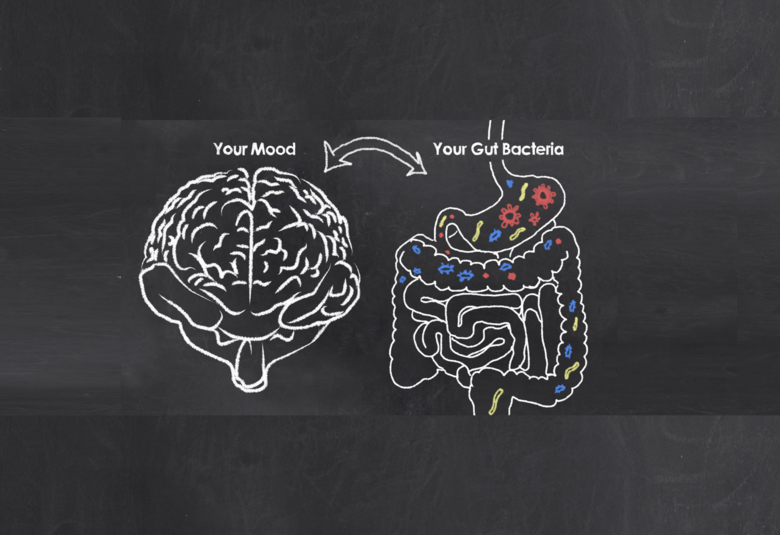In an educational session at #EAN2021, Dr Pablo Irimia Sieira, University of Navarra, Spain, prioritized pharmaceutical approaches to migraine prevention. Dr Irimia advised that when selecting the most appropriate treatment for individual patients several factors should be considered including the evidence base for treatments, migraine phenotype, patient preference and cost-effectiveness.
Migraine: more than a headache
Dr Irimia outlined the goals of preventive therapy for migraine as follows:1,2
- Decrease the overall impact associated with migraine attacks, which includes pain (frequency, intensity, duration) and other associated symptoms (nausea/vomiting, phono/photophobia, neck pain etc.)
- Improve responsiveness to acute medication
- Reduce migraine-related disability and improve quality of life
- Avoid medication overuse headache.
Appropriate preventive selection for individual patients considers the evidence base, migraine phenotype, patient preference and cost-effectiveness
The US Adelphi Migraine Disease Specific Program (N=1487) demonstrated that increasing number of MHD was associated with higher degree of migraine disability: 73% of patients with ≥15 MHD reported moderate to severe disability compared with 42-49% of patients with 4-14 MHD.3 A higher number of MHD was associated with increased healthcare resources use and cost.4 Increased psychiatric comorbidity (anxiety and depression) is also associated with a higher number of MHD.5
Higher number of monthly headache days is associated with greater disability, psychiatric comorbidity, and increased use and cost of healthcare
Patient preferences for preventives
Until recently, the use of migraine preventives has been limited; around 50% of patients stop taking oral preventives within 3 months due to a lack of efficacy and/or common side effects.6,7 Patients may tolerate some side effects better than others; patients are more accepting of sleepiness and of weight loss versus weight gain, but less accepting of memory loss or depression.8 Patients also prefer a monthly or quarterly dosing regimen to once or twice daily medication.9,10 Efficacy, safety, good tolerability profile and ease of use represent advantages of the calcitonin gene-related peptide (CGRP) antibodies that patients may prefer as a first-line preventive option.11
Patients may prefer the good efficacy, safety and tolerability profile offered by CGRP antibodies as a first-line preventive option
Balancing benefit versus risk
The number needed to treat (NNT) values for 50% responder rate in phase 3 clinical trials of migraine prevention has been calculated, finding that for all preventive treatments the NNT is in the range of 4-13, while the NNT to experience an adverse event and discontinue the medication has much wider variance, ranging from 13-21 with oral medication and 25-350 with CGRP antibodies.12 In this respect, CGRP antibodies exhibit a more favourable benefit: risk ratio than older migraine preventives. Guidelines from the European Headache Federation (EHF) allow for the use of CGRP antibodies as migraine preventives in patients who have previously failed at least two other treatments or who cannot use other preventive treatments because of comorbidities, side effects or poor compliance.11
EHF guidelines recommend CGRP antibodies as migraine preventives in patients who have previously failed on two other preventive treatments
Dr Irimia summarized that the prescription of preventive treatment should be made individually, prioritizing the most effective drugs, and considering the clinical characteristics, preferences and needs of the patient. While oral preventives may be effective drugs, a significant proportion of patients discontinue these treatments due to adverse events. CGRP antibodies are better tolerated, and the monthly or quarterly administration promises to improve patient adherence.
Our correspondent’s highlights from the symposium are meant as a fair representation of the scientific content presented. The views and opinions expressed on this page do not necessarily reflect those of Lundbeck.




